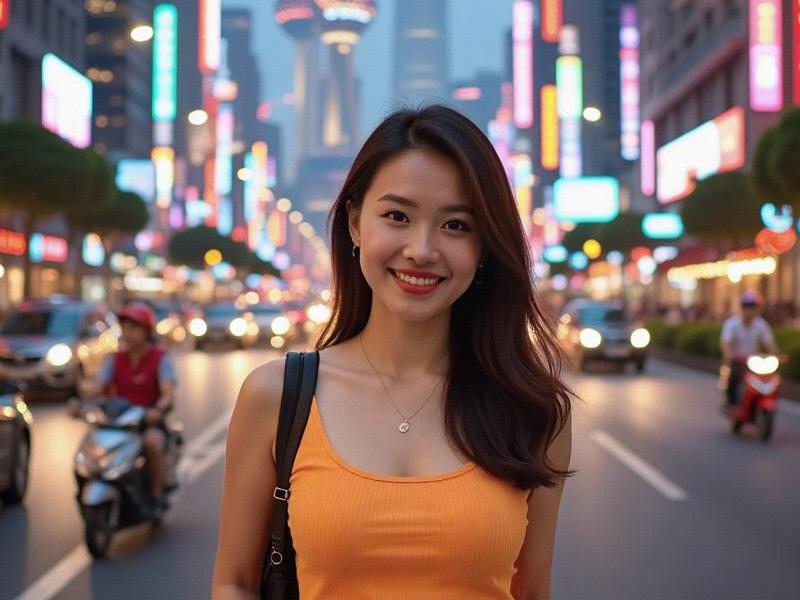Shanghai's Quantum Leap: How China's Financial Capital Became a Living Laboratory for 21st Century Urbanism
⏱ 2025-06-08 00:36 🔖 上海神女网
📢0℃

The Dual Metropolis
From the observation deck of the newly completed 632-meter Shanghai Tower 2.0, the city reveals its split personality. To the west, the colonial-era Bund buildings stand as preserved artifacts of 1920s grandeur, their flood-resistant basements upgraded with AI-powered water pumps. To the east, Pudong's skyline pulses with buildings that breathe—self-regulating glass facades that change opacity based on sunlight intensity, reducing energy consumption by 40%.
The Digital Governance Revolution
Shanghai's "City Brain" project has become the global gold standard for urban management:
- 12.7 million IoT sensors monitor everything from bridge vibrations to air quality
- AI traffic lights reduced average commute times by 28 minutes daily
上海花千坊爱上海 - Blockchain-based property records eliminated title disputes by 96%
"Most cities collect data," explains Chief Urban Planner Dr. Zhang Wei. "Shanghai's breakthrough was creating neural networks that actually learn from it."
Green Growth in Concrete Jungles
The city's environmental initiatives defy conventional wisdom about megacities:
- 63% of rooftops now host solar panels or gardens
上海私人外卖工作室联系方式 - The Huangpu River cleanup created 42km of swimmable waterfront
- Vertical forests on skyscrapers host more bird species than some rural areas
Cultural DNA in the Digital Age
Shanghai's heritage preservation goes beyond museumification:
- Historic shikumen lanes now house coding academies and VR studios
- AI-assisted restoration saved 137 endangered crafts like Huxi ink painting
上海贵族宝贝sh1314 - The "Digital Bund" project lets visitors overlay historical scenes via AR glasses
The Human Algorithm
Behind the technological marvels lies social innovation:
- Community "happiness indexes" guide municipal budgeting
- Shared elderly-care facilities use robotics to support intergenerational living
- 24/7 "citizen service pods" handle 83% of bureaucratic procedures
As dawn breaks over the Huangpu, Shanghai's true achievement becomes clear—it hasn't just built a smarter city, but created a template for humane urbanization where technology amplifies rather than replaces human flourishing. The future of cities isn't just being imagined here—it's being lived, one algorithm-enhanced but still wonderfully chaotic Shanghai street at a time.
《梧桐深处:解码上海的城市文化基因》弄堂里的上海心跳:从石库门到城市更新的千年烟火密码Shanghai's Beauty Revolution: How Local Women Are Redefining Chinese AestheticsShanghai After Dark: The Metamorphosis of China's Premier Entertainment DestinationShanghai Women: The Epitome of Modern Chinese FemininityThe Shanghai Modern: How China's Cosmopolitan Women Are Rewriting the Rules石库门密码:解码上海市民精神进化史Exploring Shanghai's Entertainment Venues: A Guide to the City's Vibrant Nightlife and Cultural SceneSilicon Bund: How Shanghai Became the Neural Network of AsiaThe Velvet Revolution: How Shanghai's Nightlife Industry Went Upscale

